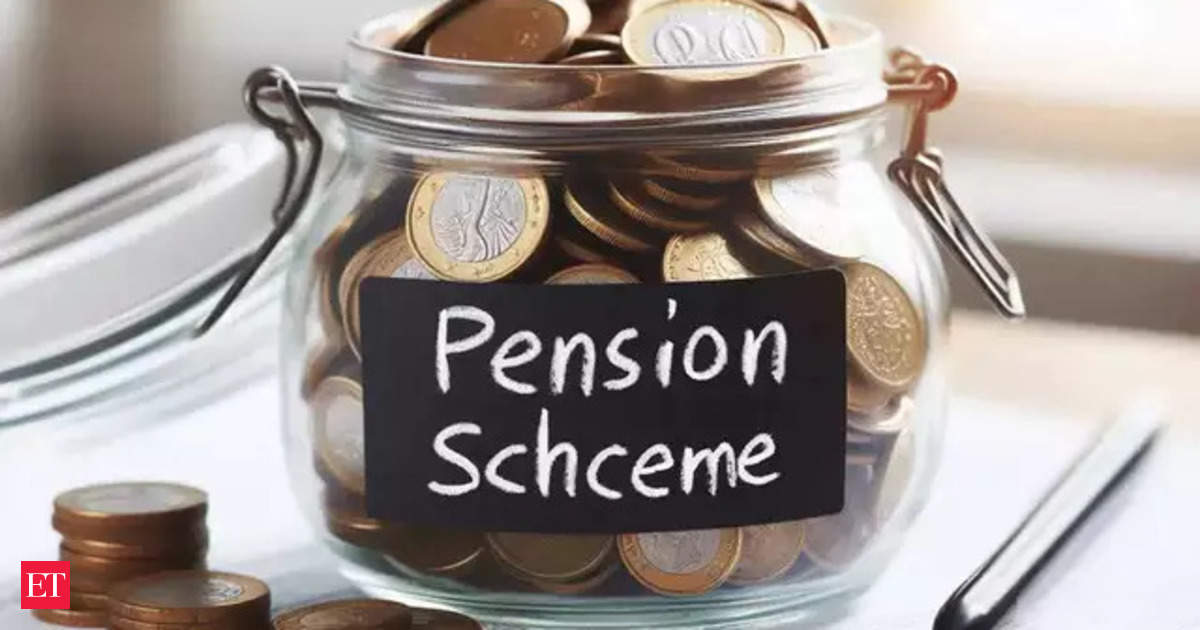The five pillars Unified Pension System (UPS) will benefit 2.3 million central government employeesInformation and Broadcasting Minister Ashwini Vaishnaw said at a press conference on the Cabinet decisions on Saturday.
The measure aims to resolve the debate over the old pension plan (Operations), which several opposition-ruled states have revived on the grounds that it is more employee-friendly.
The number of UPS beneficiaries will increase to 9 million if state governments adopt the scheme, the Centre said. From April 1, 2025, the new scheme will offer a minimum pension of Rs 10,000 per month and will be adjusted for inflation.
The scheme is similar to OPS in terms of benefits. However, unlike that fiscally burdensome pay-as-you-go scheme, UPS’s assured pension will be fully funded each year from the budget and absorbed by it. This will ensure that the scheme is not a burden on future generations, Vaishnaw said.
Those who are in the current National Pension System (NPS) will have the option to switch to the scheme. The NPS is a defined contribution scheme that was launched on 1 January 2004. Employees get a retirement corpus and an annuity based on their contributions.
Under UPS, on the death of the pensioner, the family will be entitled to 60% of the final pension. Those who have worked in the government for 10 to 25 years will get a proportionate sum assured. The pension will be indexed to inflation using the All India Industrial Workers Consumer Price Index. The scheme will provide a one-time payment at the time of retirement, in addition to gratuity. This will be one-tenth of the monthly emoluments, including salary plus dearness allowance on the date of retirement for every six months of service completed, with no reduction in the quantum of pension assured. In 99% cases, it will be better for employees to shift to UPS from the present NPS, said Cabinet Secretary-designate TV Somanathan. Those who retired under NPS will also be given the option to shift to UPS and will be paid the arrears and interest.
The government will increase its contribution from 14% of salary to 18.5% to ensure the plan is fully funded. Employees will continue to contribute 10%.
The arrears expenditure will be Rs 800 crore, while that of the scheme and additional requirement in the first year of the scheme will be Rs 6,250 crore due to increase in government contribution, Somanathan said.
The architecture of the plan is national, but states are welcome to join the program, he added. State governments will have to fund the plan for their employees.
Somanathan added that the number of people who have retired on NPS is very small. The scheme is based on the recommendations of a committee set up by Somanathan in April 2023 to look into the pension structure of government employees, amid intense debate over NPS after Congress-ruled states decided to revert to the old defined benefit system.
“UPS is fiscally more prudent… This is a contributory funded system,” the finance secretary said, adding that the difference is the security and protection of retirees from the vagaries of the markets.
Disclaimer:
The information contained in this post is for general information purposes only. We make no representations or warranties of any kind, express or implied, about the completeness, accuracy, reliability, suitability or availability with respect to the website or the information, products, services, or related graphics contained on the post for any purpose.
We respect the intellectual property rights of content creators. If you are the owner of any material featured on our website and have concerns about its use, please contact us. We are committed to addressing any copyright issues promptly and will remove any material within 2 days of receiving a request from the rightful owner.

